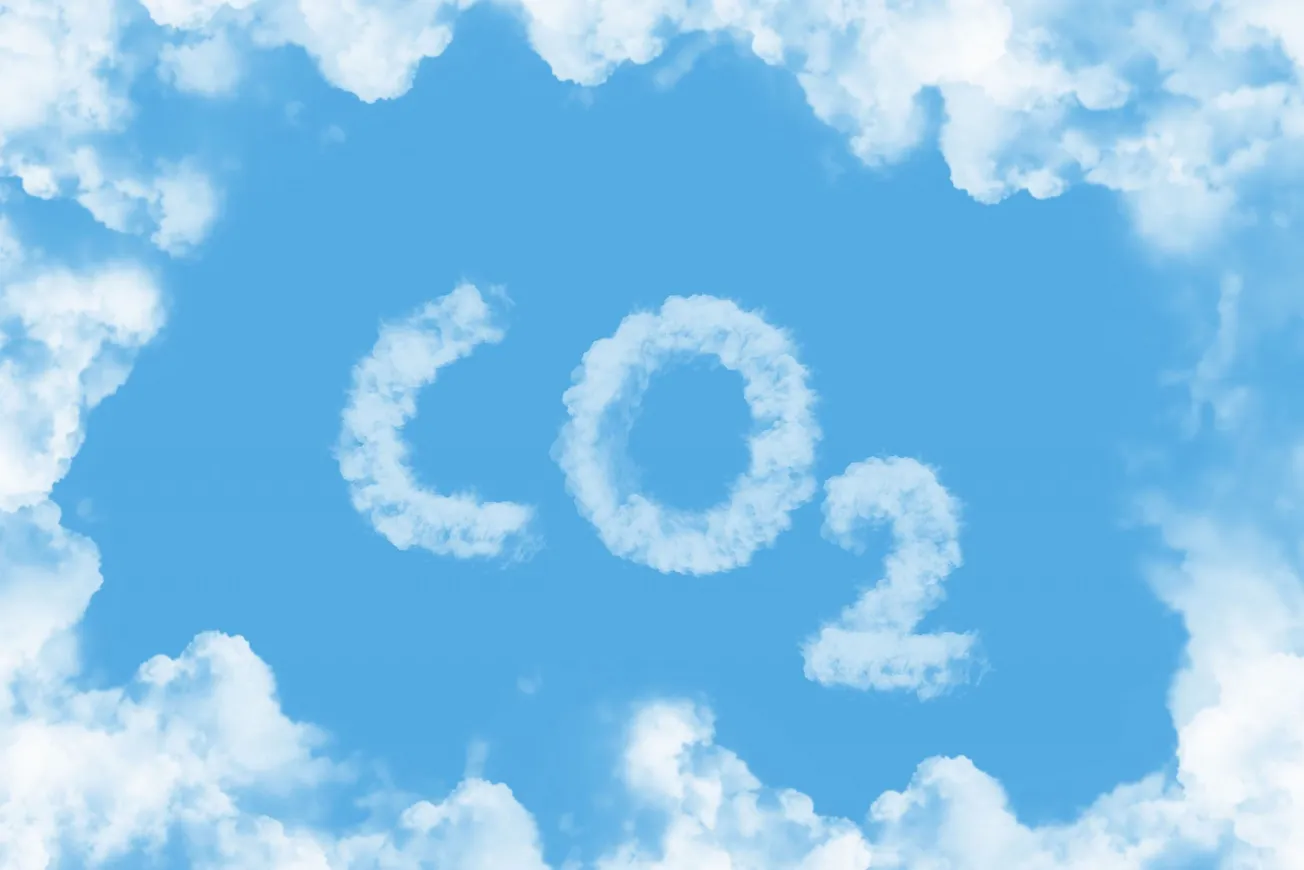Bonner R. Cohen is a senior fellow at the Committee For A Constructive Tomorrow, where he concentrates on energy, natural resources, and international relations. He also serves as a senior policy adviser with the Heartland Institute, senior policy advisor at National Center for Public Policy Research, and as adjunct scholar at the Competitive Enterprise Institute.
The world of climate policy abounds with bad ideas – from force-feeding an increasingly reluctant driving public a steady diet of EVs to regulating popular household appliances out of existence.
But one of the worst is megaprojects aimed at sucking carbon dioxide (CO2) out of the air and burying it deep underground. These pricey monstrosities, we are told, are necessary if the planet is to be saved from the onslaught of manmade greenhouse gases. Known as “direct air capture,” the unproven technology has attracted enough investor interest to finance decarbonization plants that are beginning to sprout up in the U.S. and elsewhere.
In southeastern Montana’s Snowy River region, two strange bedfellows – the Biden administration and ExxonMobil – are proposing a giant carbon sequestration project on and underneath federal land. It would be supported by a vast “carbon capture” network consisting of tens and thousands of miles of new pipelines and dozens of remote storage sites. The White House sees the scheme as advancing its decarbonization agenda, and ExxonMobil is eager to pocket what The Washington Post reports could be as much as $12.7 billion in federal subsidies for participating in the project.
But the Snowy River project is running into fierce resistance from locals, led by ranchers and county officials, who don’t want to see their part of the world used as a dumping ground for a technology they don’t trust. A similar uproar in the Midwest proved the undoing of the Heartland Greenway. Also known as the CO2 pipeline, the Heartland Greenway was supposed to pump 15 million tons of carbon dioxide captured annually from emissions of ethanol plants via a 1200-mile pipeline traversing five states to an underground site in North Dakota. Such was the outcry among landowners, regulators, and elected officials along the path of the pipeline that the developer Navigator CO2, abandoned the project last October.
Louisiana has over 20 carbon capture and sequestration (CCS) projects in various stages of planning and development, most of them in the southeastern part of the state. Yet even in a state as historically friendly to the oil and gas industry as Louisiana, the projects are encountering stiff headwinds from residents concerned about the impact of injecting massive amounts of CO2 into ground overladen with bayous. In Iceland, Swiss start-up Climeworks recently opened the world’s biggest direct air capture facility, dubbed “Mammoth,” designed to remove 36,000 tons of CO2 from the air each year. After Climeworks captures the CO2 and has it pumped deep underground, it sells offsets based on the captured CO2.
But global carbon offset markets have become so dodgy that the Biden administration found it necessary to issue a set of voluntary guidelines to restore trust in the transactions. Released May 28, the new guidelines will “advance high-integrity” voluntary carbon markets, the White House said in a fact sheet.
Carbon offsets are an artificial commodity – completely unrelated to the climate or any other tangible asset. They are an open invitation to fraud because it is impossible to say what effect buying or selling them will have on the climate. As even the Biden administration acknowledges: “In too many instances, credits do not live up to the high standards necessary for market participants to transact transparently and with certainty that credit purchases will deliver verifiable decarbonization.” A nine-month investigation in Europe into Verra, the world’s leading certifier of the voluntary carbon offset market, concluded last year that “more than 90% of their rainforest offset credits – among the most used by companies – are likely to be ‘phantom credits’ and do not represent genuine carbon reduction.” Companies using the Verra standard included Disney, Shell, and Gucci.
Corporate interest in the $2 billion carbon offset market has sagged in recent years, and it is not clear that the White House’s guidelines, including such things as voluntary disclosures by market participants, will improve matters. But carbon offsets and direct air capture and sequestration of CO2 fit neatly into the prevailing narrative that rising atmospheric levels of carbon dioxide are dangerously warming the plant.
But are they? Atmospheric levels of CO2 began rising in the mid-20th century, but the slight warming the Earth is undergoing dates from the late 17th century. In other words, the planet’s slow rebound from the Little Ice Age (ca. 1250-1800) cannot have been caused by something that happened after World War II. Moreover, today’s higher levels of atmospheric CO2 – about 420 parts per million (ppm) compared with roughly 250 ppm in the Little Ice Age – are highly beneficial to plant life and essential to growing crops needed to feed the world’s 8 billion people.
But the price paid by ordinary people for solving a non-existent climate crisis is incalculable.
This article originally appeared at Real Clear Energy









